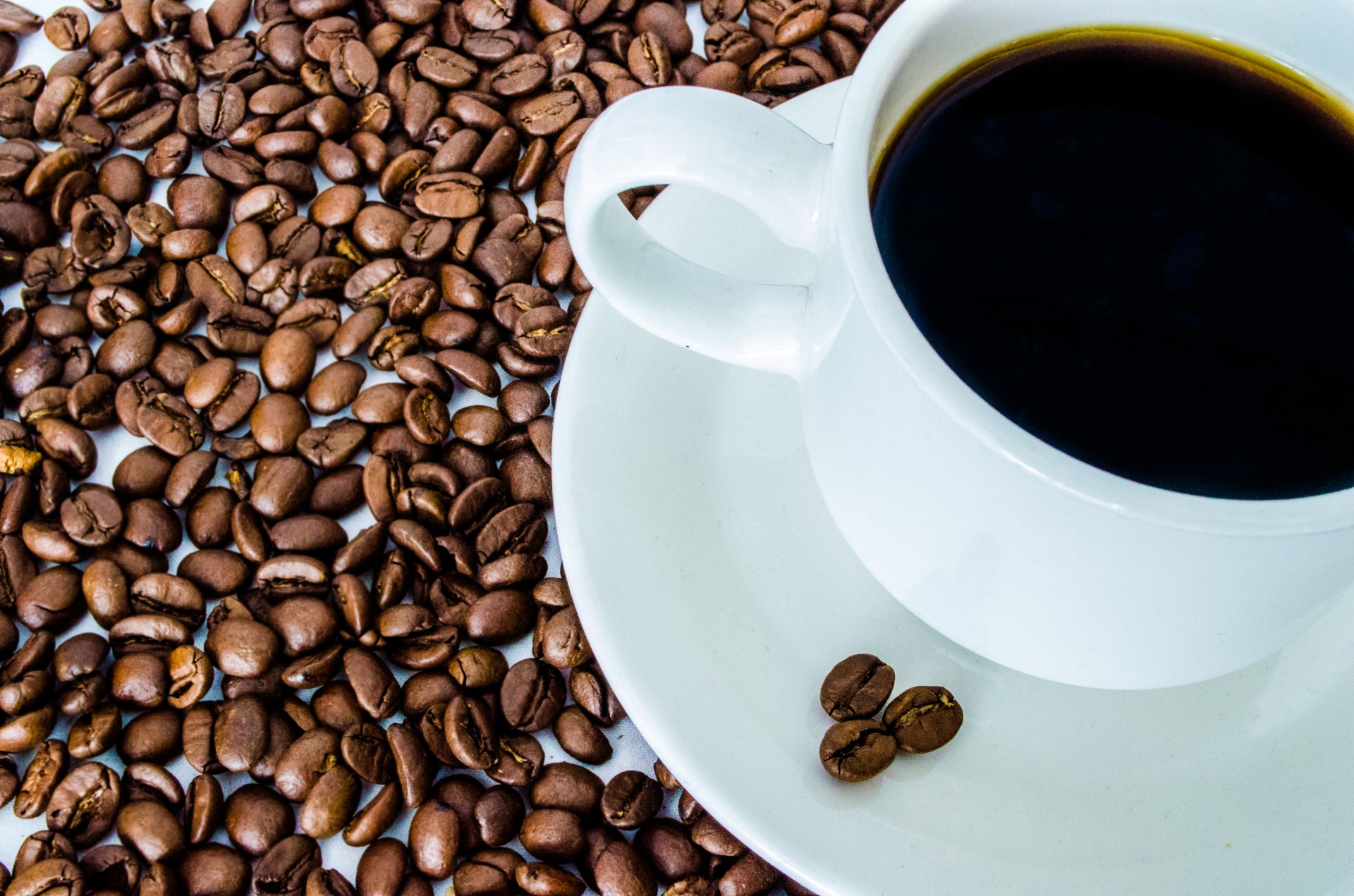
When embarking on the journey of caffeinated brews, the question of which coffee beans possess the highest caffeine content may evoke considerable intrigue. While most individuals associate coffee consumption with a revitalizing jolt of energy, the nuances of caffeine levels among different bean varieties reveal a complex tapestry worthy of exploration. This examination seeks to elucidate the subtle distinctions between popular coffee beans and their respective caffeine concentrations, promising new perspectives that may redefine your coffee preferences.
Prior to the analysis, it is essential to understand the primary coffee species cultivated globally: Arabica and Robusta. These two varieties dominate the coffee landscape, yet they embody divergent characteristics that influence not only flavor profiles but also caffeine concentrations. Generally, Robusta beans, scientifically known as Coffea canephora, boast higher caffeine levels compared to Arabica beans, or Coffea arabica. This fundamental disparity beckons an inquiry into the specific attributes of each bean type, as caffeine content is not merely a number; it reflects the beans’ growth environment, cultivation methods, and overall genetic disposition.
Robusta beans are often esteemed for their resilience and adaptability. They thrive in lower altitudes and harsher climates, which contribute to their robust nature and significant caffeine concentration—typically ranging from 2.2% to 2.7%. The higher caffeine content in Robusta can be attributed to its evolutionary role as a natural pesticide; the caffeine serves to deter pests and protect the plant. This intrinsic quality translates into a powerful energy boost, often giving Robusta its bold, earthy flavor, which is perceived as bitter by some. If one seeks a coffee that delivers a punch of caffeine intensity, Robusta may warrant consideration, particularly in blends designed for espresso, where an invigorating kick is paramount.
In contrast, Arabica beans, accounting for approximately 60-70% of global coffee production, present a gentler profile, typically containing about 1.2% to 1.5% caffeine. Valued for their nuanced flavors, Arabica beans flourish in higher altitudes, benefiting from optimal growing conditions that enhance aromatic qualities. The lower caffeine concentration could make Arabica an appealing choice for those sensitive to caffeine; however, its perceived lack of potency may dissuade caffeine seekers. Nevertheless, what Arabica might lack in raw caffeine is often compensated by its complex bouquet of flavors, offering a different kind of sensory experience altogether.
A deeper understanding of the circumstances surrounding coffee cultivation offers insights into caffeine variability within these primary categories. The terroir—the interaction between geography, climate, and soil—shapes the genetic traits of coffee plants, leading to distinct variations in caffeine concentration even among beans of the same species. For example, within the Arabica classification, there exist subvarieties such as Typica and Bourbon, each with their quintessential profiles and caffeine content that can differ considerably. Therefore, when selecting coffee, one may wish to delve into specific varietals rather than making generalizations based solely on species.
In addition to species and varietals, the processing method—the technique employed to extract the bean from the cherry—exerts an influence on caffeine content. Wet processing, commonly used for Arabica, often leads to a cleaner taste, while dry processing, more frequently applied to Robusta, enhances earthy notes. The benefits of these methods extend to caffeine extraction levels during brewing: the temperature, time, and grind size can all modify the amount of caffeine that ultimately ends up in your cup. For instance, a coarser grind or a shorter brewing time can mitigate caffeine extraction, while finer grinds and longer steeping may amplify the caffeine boost one experiences.
In exploring the broader landscape of caffeine content among demonstrated choices, specialty coffee remains a realm replete with potential. Certain roasters offer specially sourced beans known for their elevated caffeine levels. For example, some cultivars claim exceptional caffeine concentrations, such as the *Black Insomnia Coffee* or *Death Wish Coffee*, boasting advertised caffeine levels scaling up to 200% more than regular Joe. These brands appeal directly to those who seek a formidable energy boost, and their accessibility adds intrigue to the array of caffeinated options available to the discerning consumer.
However, it is vital to scrutinize the implications of such extreme caffeine consumption. While the allure of a surging energy boost can be enticing, excessive caffeine intake may lead to adverse physiological effects, such as increased heart rate, anxiety, or insomnia. Therefore, moderation remains key, and experimenting with various bean types should be approached with a conscientious mindset.
In conclusion, the quest for the coffee bean with the most caffeine is far from straightforward. Robusta beans generally hold the title for highest caffeine levels enticing energy-seekers, but the nuanced flavors and lower caffeine of Arabica also have their advocates. By delving into the intricacies of specific varieties, processing methods, and even specialty offerings, a coffee drinker can attain a newfound appreciation for the diverse caffeine spectrum within the brew. Whether you gravitate toward bold Robusta brews or the elegant complexities of Arabica, the explorative journey into the realm of coffee beans promises not merely a caffeine high but a deeper understanding of your beverage of choice. In your next coffee expedition, consider not only the caffeine boost you seek, but also the sensory experience that awaits, as you savor each sip in its full-bodied context.
